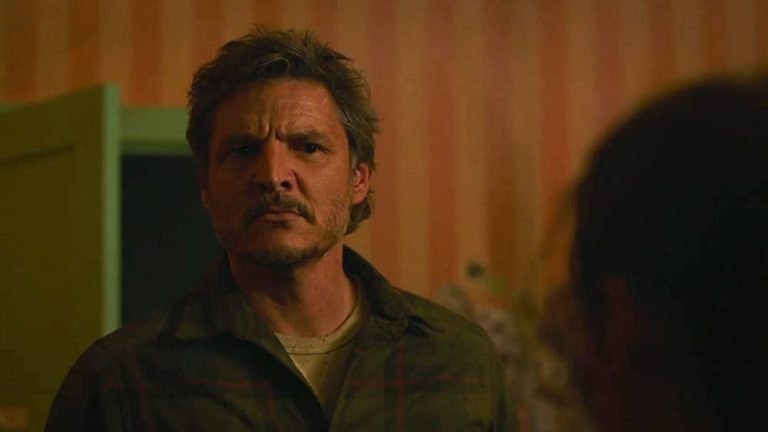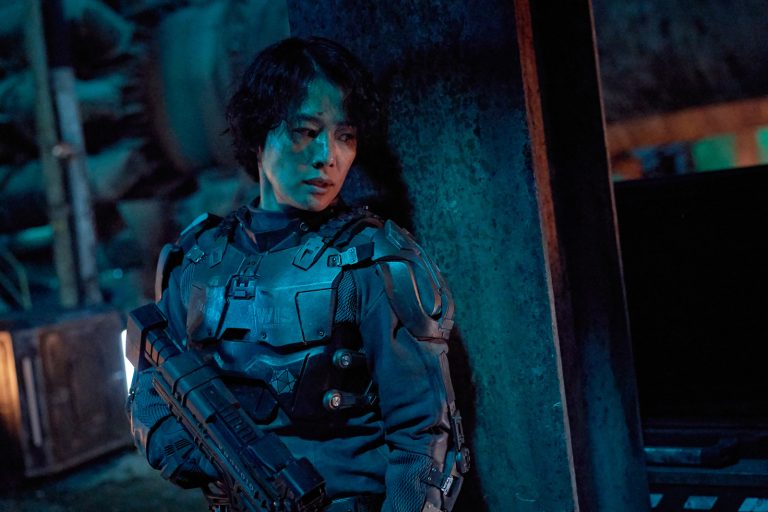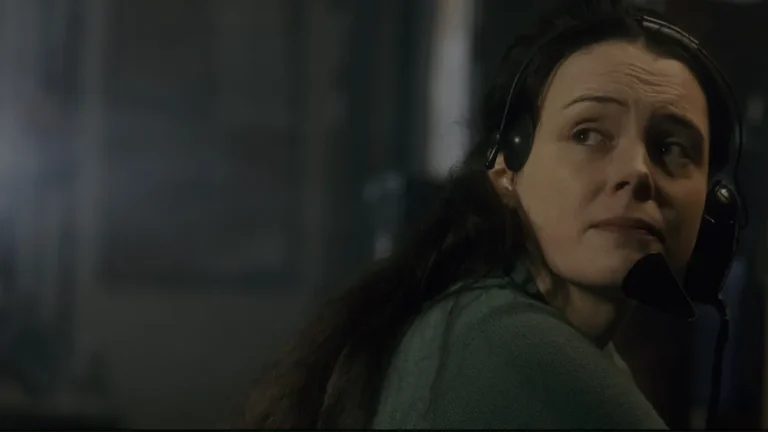Sudheesh Sankar’s Maareesan (2025) fuses crime, morality, memory, and deception into the tale of two unlikely companions—a petty thief and a seemingly frail old man—whose lives intersect in ways neither anticipates. Beneath its thriller exterior lies a meditation on trauma, vengeance, and the fragile boundary between justice and retribution. At its center is Dhaya (Fahadh Faasil), a small-time thief whose world of cons and quick escapes suddenly collides with something far larger. Counterbalancing him is Velayudham Pillai, or Vela (Vadivelu), who appears weak and absent-minded yet conceals a calculated darkness.
Spoilers Ahead
Maareesan (2025) Plot Summary & Movie Synopsis:
Why Does Dhaya Stay With Vela After Their First Encounter?
When Dhaya first breaks into Vela’s house, he expects an easy theft. Instead, he finds an old man chained to a window, who warmly mistakes him for his son, Kumar. Dhaya is initially irritated and threatens him. But when Vela offers ₹25,000 in exchange for his release, Dhaya’s greed overtakes his instinct to run. The twist comes when Dhaya sees Vela’s account balance with millions of rupees.
Rather than leave, Dhaya decides to exploit the old man further, convincing himself that he can milk the situation while pretending to be helpful. Vela’s Alzheimer’s-like lapses allow Dhaya to justify this manipulation, especially when Vela continues to confuse him for Kumar. Thus, what begins as theft stretches into companionship, but one rooted in selfish calculation. Dhaya’s decision to stay binds him to Vela’s life, and eventually to his secrets.
Why Does Vela Pretend to Have Alzheimer’s?
At first, both Dhaya and the audience believe Vela suffers from memory loss. His repeated mistakes, confusion about Dhaya being ‘Kumar,’ and his locked-up condition all support the illusion. But gradually, his actions reveal a hidden sharpness, far more than someone with dementia could sustain.
The flashback provides the truth: Vela’s wife, Meenakshi, a child psychologist, had fought to expose child abusers but lost the battle in court when Alzheimer’s symptoms robbed her of credibility. Her eventual suicide shattered Vela, who decided to continue her fight in his own way. Vela’s pretended Alzheimer’s is therefore a mask. It gives him the cover to move unnoticed, evade suspicion, and justify erratic behavior. It is a clever disguise; society sees only a frail old man, while underneath, he operates as a meticulous vigilante killer.
Who Is the Real Serial Killer?
The police investigation into the string of murders initially points to anonymous phone calls luring victims. Suspicion briefly falls on Vela when the phone signal traces back to him. For Dhaya too, the discovery of SIM cards and incriminating texts in Vela’s possession convinces him that the old man is a predator.
But this misunderstanding flips when the truth emerges: Vela is not abusing children, but avenging them. He uses the abusers’ own patterns against them, posing as a client to draw them out, then killing them. His violence is not random, but systematic, guided by his late wife’s diary of names. Thus, the ‘serial killer’ is Vela himself, but not out of cruelty; it is vengeance disguised as madness.
Why Do Dhaya and Ganesh Plot Against Vela?
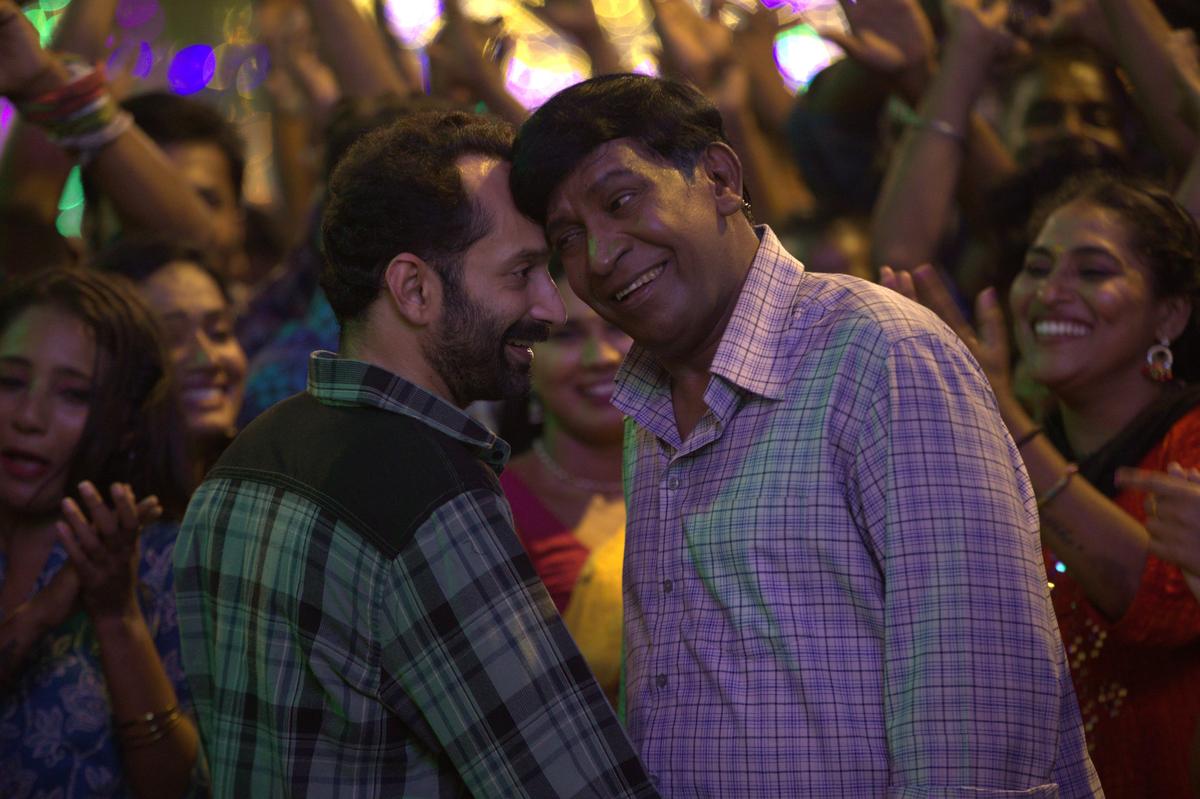
Dhaya’s moral compass remains questionable for much of the film. Upon discovering Vela’s messages to Arun, he mistakenly believes Vela is the predator. Instead of investigating further, he tells Ganesh, his criminal partner. Ganesh, however, has his own hidden connection. He is Arun, one of the abusers Vela has been hunting. This makes the farmhouse trap not only a con but a deadly collision of motives: Dhaya’s greed, Ganesh’s fear of exposure, and Vela’s mission for revenge. Dhaya invites Vela to the farmhouse, thinking he is setting up a harmless old man. But when Vela recognizes Ganesh as Arun, the trap flips, and the true predator is exposed.
Why Does Dhaya Side With Vela?
The fight between Vela and Ganesh exposes layers of truth all at once. Dhaya witnesses Ganesh’s brutality firsthand, and the weight of Vela’s story becomes undeniable. In that moment, Dhaya sheds his role as a self-serving thief. He realizes that Vela is not a monster but a broken man waging justice in his own way. In siding with Vela, Dhaya makes his first genuine moral choice in the film, not for money, not for survival, but for justice. His final act, striking the fatal blow to Ganesh, is the culmination of his transformation from exploiter to protector.
Maareesan (2025) Movie Ending Explained:
Why Does Vela Take the Blame for Dhaya’s Kill?
The final revelation is quietly devastating. Though Dhaya delivers the fatal strike that kills Ganesh/Arun, Vela steps forward to accept responsibility. This act mirrors the beginning of their relationship: Dhaya as the reckless thief, Vela as the man who always absorbs the consequences. But Vela’s choice has a deeper meaning. By claiming the murder, he shields Dhaya from a lifetime of imprisonment.
In Vela’s eyes, Dhaya has been reborn through their journey, no longer a petty criminal but someone capable of loyalty, justice, and sacrifice. Protecting that spark of change is more important than saving himself. The revelation that Vela was chained during Dhaya’s first encounter because he had been fighting a victim, not because of Kumar or Alzheimer’s, adds to this complexity. From the very beginning, Vela was fighting his war, and by the end, Dhaya is drafted into it.
Why Does Vela Protect Dhaya at the End?
In many ways, Vela sees Dhaya as a surrogate son, a stand-in for Kumar, and perhaps even for the future he lost when Meenakshi died. Taking the blame is not just a tactical decision; it is an act of love, redemption, and faith in a man who had none to begin with. If Dhaya represents selfish survival, Vela represents selfless sacrifice.
Their arcs meet in the ending: Dhaya commits the just act, but Vela takes the punishment. It is a paradox that ties together the film’s themes of memory, deception, and justice. The closing note of Maareesan suggests that truth is never clean. Justice, too, comes at a cost. And sometimes, the greatest legacy is not in surviving but in giving someone else a chance to change.

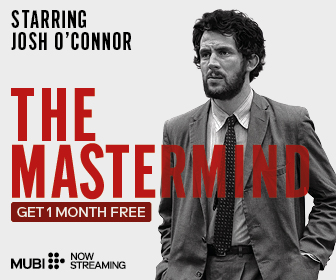
![Involuntary [2008]: About Rule Breaking, Actions and the Consequences](https://79468c92.delivery.rocketcdn.me/wp-content/uploads/2016/04/involuntary-2-768x458.jpg)
